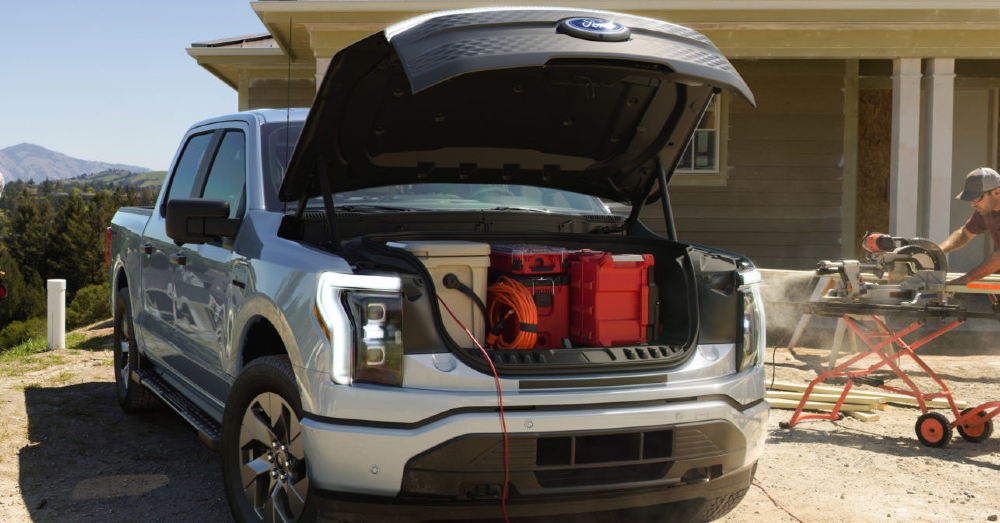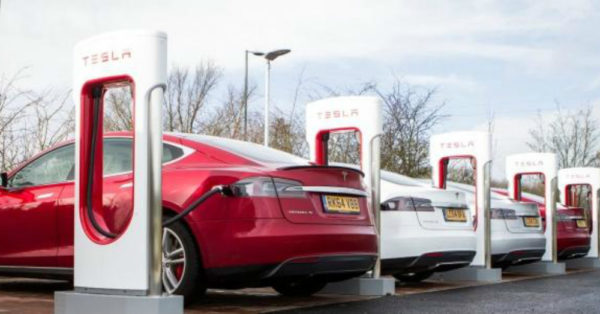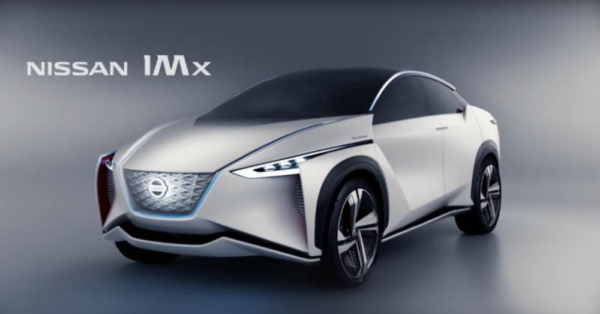Can we have a car that’s powered by the sun? We found out last year that we can when the Lightyear One Solar Car first showed up as a prototype. Now, this car is the Lightyear 0 and it is heading to production to be part of the 2023 model year.
The new 0 looks extremely similar to the One, and it has much of the same performance attributes. Could this new car bring another new way to power and drive the vehicles that we want to see when it’s time to head out on the road.
It Went from One to Zero
The name didn’t just get shorter and go from One to a capital O, but it is a zero instead. While the name might not matter much, how it works does. This new car uses a strip of solar sells that run from the front end to the rear of this vehicle. The coverage for the solar panels is a full five square meters to give this car the power needed to allow it to drive. The 54 square foot measurement is the same as what the prototype offered.
A Change in the Headlights
The shape of the production model is the same as the prototype, giving this car a look that’s sporty and smooth. One place where Lightyear had to make a few changes was with the headlights. These larger lights offer better visibility. The reshaping of some of the fog lights and taillights make this car more dynamic and attractive, giving this car an impressive style. The overall shape allows the Lightyear 0 to have almost no drag at all, with a coefficient of 0.19 to let it cut through the wind better than nearly every other car in the market.
Keeping All the Charge Possible in this Lightyear Car
A car designed to drive using only solar power must have as many ways to cheat the wind as possible. This vehicle wears a set of rear fenders that cut down on the wind resistance. A set of aero skirts allows the car to lose about 7 miles of driving during every charge. You’ll also see some small humps behind each front wheel which are streamlined rear facing cameras that work to give you the sideview you want to see. The wheel covers also push air the right way around the car to offer a better design and allow this car to be more efficient.
Your Daily Commute Could Be Enough to Charge the Car?
The solar panels of the Lightyear 0 are attached to a small 60-kWh battery pack. As long as this car can sit in the sun all day and owners have a commute of more than 22 miles they will not have to charge the car for months. This allows owners to go a long time between traditional EV charges, which can save energy and reduce the electric bill. A car left in the sun all day can add 43.5 miles of driving range to the mix.
One Solar Panel Handles Charging Improvements
One of the solar panels in this new car is a range-extender for the battery pack. This is a much more useful purpose than those cars that need a small gas engine to charge the batteries. Using the aerodynamic benefits of this car allow it to cut through the air. This is also one of the most lightweight EV models you’ll find with a curb weight of only 3,472 pounds even though it’s a midsize sedan and it has an electric battery.
The Driving Range of the Lightyear 0 is Incredible
The lack of mass and aerodynamic drag allows this new car to have an impressive driving range. Using the WLTP cycle, the 0 can travel up to 388 miles. The test to find this was performed indoors on dynamometer with a full charge. This means you could drive this car like a traditional EV, but why would you want to. Considering you can add miles to the drive every day, you won’t want to drive this car without the solar panels. This car delivers range higher than most Tesla models and it gives you the right power for the ride.
What Kind of Power and Performance Will You Find?
It takes a long time for the Lightyear to hit 60 mph, in fact, that takes about ten seconds. This car also has four motors, one on each wheel, that makes only 136 horsepower. The torque is worth the ride at 885 lb-ft, but that horsepower number is pretty small. The reason this car takes so long to get to highway speeds is that this vehicle put a priority on efficiency and strong driving range instead of performance, which makes a lot of sense.
How Fast Does the 0 Charge?
Using a standard 120-volt outlet the Lightyear 0 charges at a rate of 20 miles per hour while a 240-volt Level 2 charger increases this charging speed to 124 miles of range per hour. Moving on to a DC fast charger that speed increased to 323 miles per hour. This is one of the fastest charging EVs in the market today.
Of course, being a solar car, we want to know how fast this car charges using only solar power. This number is 6.2 miles per hour. This is impressive and allows the solar panels to absorb the sun’s energy while driving. The solar panels are great for extending the range of this car, but if you take it for a long road trip, you’ll eventually run out of driving range and need to plug this car into an electric power source.
The Cost Will Keep It Out of Most Garages?
Even though it’s important for the Lightyear 0 to be in the sun and you might not ever want to put it in the garage, the cost might be a lot more than what you want to spend. This car comes at a price of $265,000, which is extremely expensive.
This post may contain affiliate links. Meaning a commission is given should you decide to make a purchase through these links, at no cost to you. All products shown are researched and tested to give an accurate review for you.




